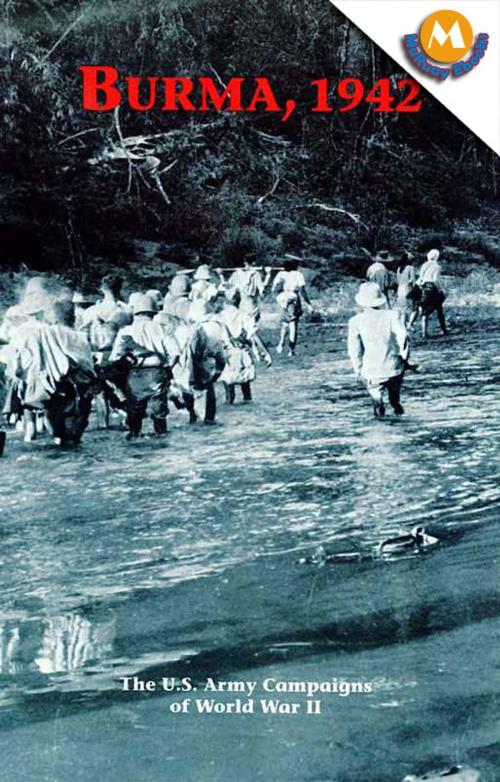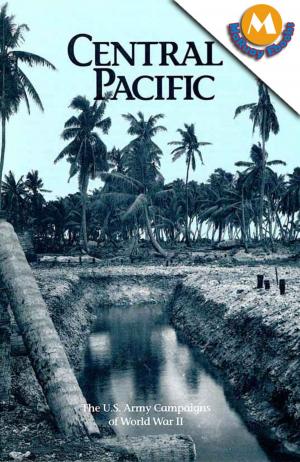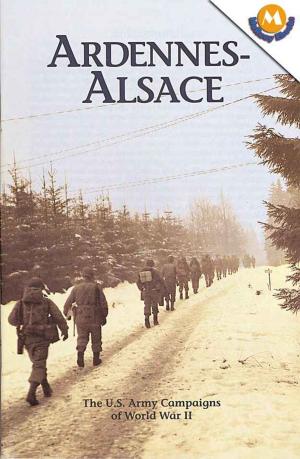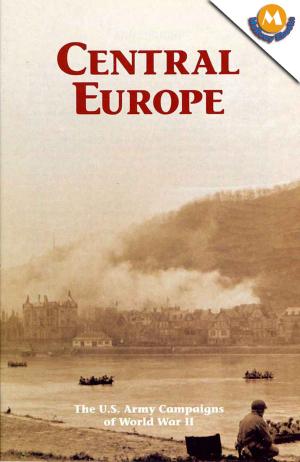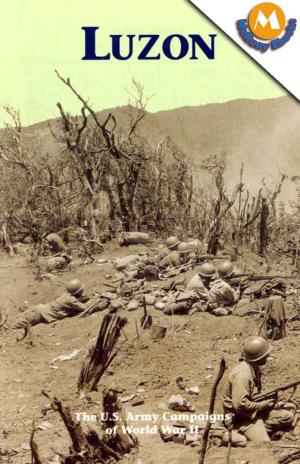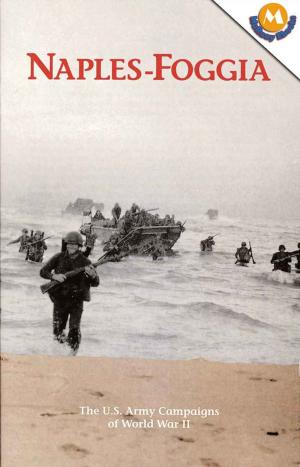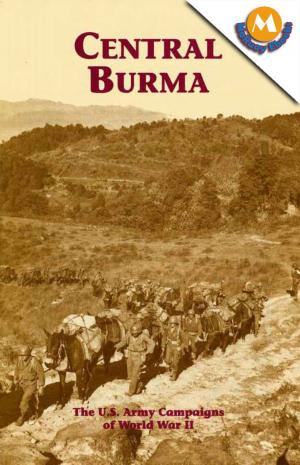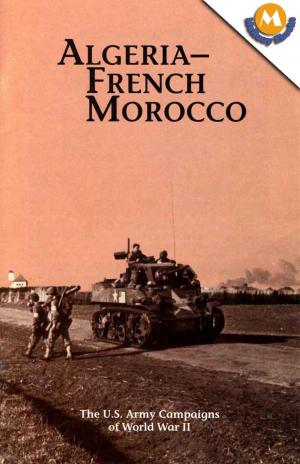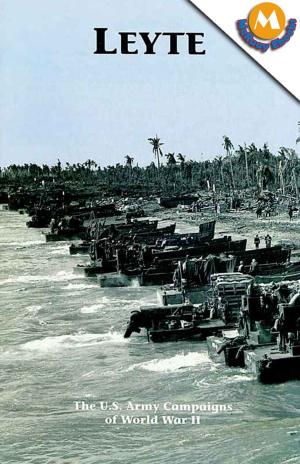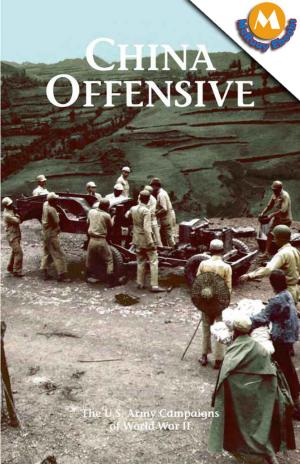BURMA, 1942 (The U.S. Army Campaigns of World War II)
Nonfiction, History, Military, Strategy, World War II| Author: | Clayton R. Newell | ISBN: | 1230000126632 |
| Publisher: | Maruay Ebooks | Publication: | April 21, 2013 |
| Imprint: | Language: | English |
| Author: | Clayton R. Newell |
| ISBN: | 1230000126632 |
| Publisher: | Maruay Ebooks |
| Publication: | April 21, 2013 |
| Imprint: | |
| Language: | English |
BURMA, 1942 (The U.S. Army Campaigns of World War II)
-This ebook Included TOC for Reader.
-This sample in this ebook ;
Less than a week after the bombing of Pearl Harbor, Japanese planes took off from captured bases in Thailand and opened the invasion of Burma by bombing the Tavoy airdrome, a forward British outpost on the Andaman Sea south of Rangoon. The next day, 12 December 1941, small Japanese units began the ground offensive by infiltrating into Burma. Not having prepared for war, Imperial British forces in Burma lacked even such rudimentary necessities as an adequate military intelligence staff. Although a civil defense commissioner had been appointed in November 1941, the British had not made contingency arrangements, such as military control of the railroads and the inland waterways. The only British forces in Burma were a heterogeneous mixture of Burmese, British, and Indian units known as the Army in Burma. Their air support consisted of some sixteen obsolete Royal Air Force (RAF) fighters.
BURMA, 1942 (The U.S. Army Campaigns of World War II)
-This ebook Included TOC for Reader.
-This sample in this ebook ;
Less than a week after the bombing of Pearl Harbor, Japanese planes took off from captured bases in Thailand and opened the invasion of Burma by bombing the Tavoy airdrome, a forward British outpost on the Andaman Sea south of Rangoon. The next day, 12 December 1941, small Japanese units began the ground offensive by infiltrating into Burma. Not having prepared for war, Imperial British forces in Burma lacked even such rudimentary necessities as an adequate military intelligence staff. Although a civil defense commissioner had been appointed in November 1941, the British had not made contingency arrangements, such as military control of the railroads and the inland waterways. The only British forces in Burma were a heterogeneous mixture of Burmese, British, and Indian units known as the Army in Burma. Their air support consisted of some sixteen obsolete Royal Air Force (RAF) fighters.
